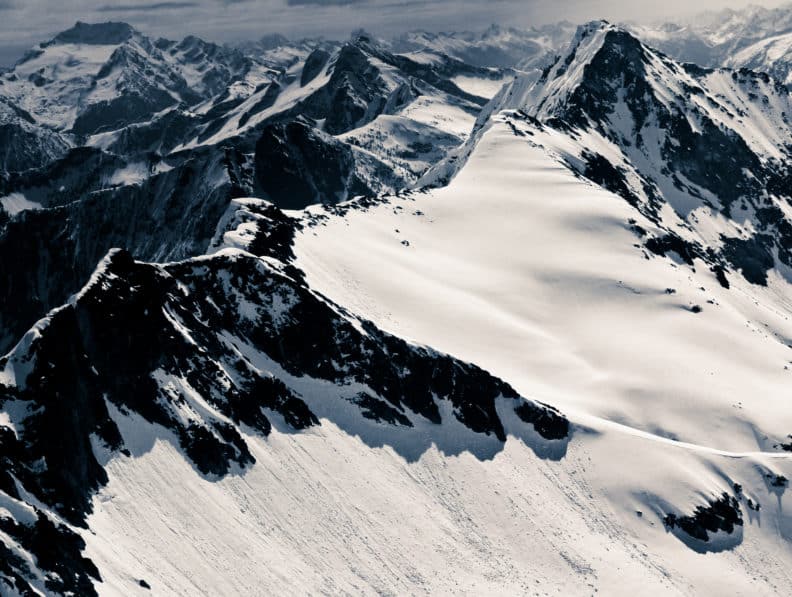
A Peek into Wilderness: North Cascades National Park
This Naturalist Note is written by graduate student and blog writer Montana Napier, as part of the Fall Natural History Project in North Cascades Institute’s Graduate M.Ed Residency coursework. You can view other student’s work here.
Before I speak on wilderness areas, I want to first acknowledge that North Cascades National Park is the traditional homelands of the Sauk-Suiattle, Nlaka’pamux, Stó:lō, Swinomish, Upper Skagit, and other tribes. The indigenous people of this area have stewarded the land throughout many generations. I ask that you take a moment to consider the complex history of the land – the many legacies of displacement, migration, and settlement that has contributed to the establishment of the United States, Washington state, and our national parks.
The word wilderness contains many meanings. For some, wilderness means a wilder place, where the noise and chaos of modern life is absent. In wilderness, there are no sounds of honking cars, or the white noise of tires driving on a nearby road. No fast food wrappers or television screens or department stores. Instead, it is a place where fat and healthy bears roam free among other wildlife and the plants grow and grow in an uncontained way. To many in Washington, wilderness areas serve as a refuge from urban areas: a place to put the phone away and experience the world in its natural state. And for others, wilderness equates to home.
For my natural history project, I examined as many facets of the Eurocentric notions of wilderness as possible within a short, three-week period. My goal was to learn about the Stephen Mather Wilderness area in the North Cascades and its history within U.S. legislation. How was this federally designated area established? What does that designation mean for the greater North Cascades Ecosystem?
Along the way, it became obvious to me that wilderness can be seen as land with an official designation, or as a cultural idea. In this blog series, I will explore the Wilderness Act of 1964 and the creation of North Cascades National Park and its wilderness overlay.

What is Capital “W” wilderness?
The United States was the first country in the world to define and designate wilderness areas through law (to read more, click here). In 1964, U.S. Congress enacted the Wilderness Act, permanently protecting some of the most natural areas of America. Federally designated wilderness is often called the hard green line in environmental law for the Act’s unyielding language:
“A wilderness, in contrast with those areas where man and his works dominate the landscape, is hereby recognized as an area where the earth and its community of life are untrammeled by man, where man himself is a visitor who does not remain…”
The Act also defines wilderness as:
“An area of undeveloped Federal land retaining its primeval character and influence, without permanent improvements of human habitation, which is protected and managed so as to preserve its natural conditions.”
These natural conditions create a wild space “for the use and enjoyment of the American people in such a manner as will leave them unimpaired for future use and enjoyment.”
(Click here to read the full Act)
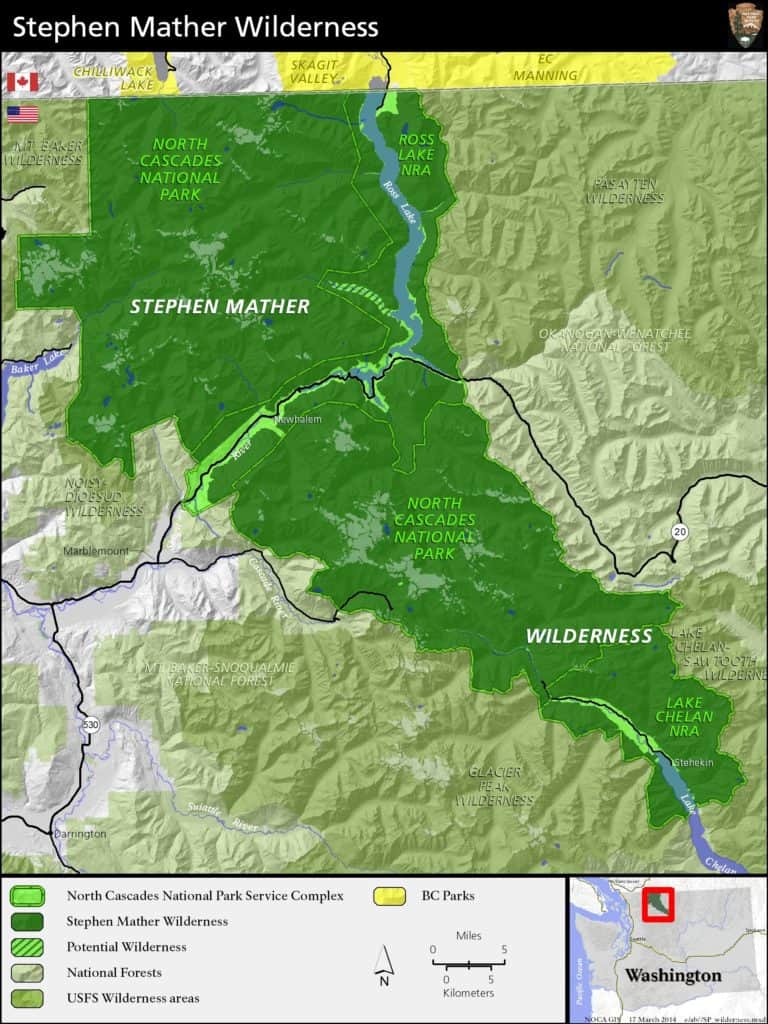
When was the Stephen Mather Wilderness created?
North Cascades National Park was created as a “wilderness park” in 1968. Locals, and people with organizations such as the Wilderness Society and the Sierra Club, had lobbied Congress for over a century to maintain a primitive experience in the North Cascades. They reacted strongly against any threat to wilderness character. At this point in history, national parks had developed a reputation of being tourist-focused to a fault. Roads were built through and over mountains, affecting fragile subalpine plants and wildlife. Museums, restaurants, and large campgrounds dotted the landscape, attracting a lot of human activity, which of course, impacted the environment.
From the very beginning, the Park was intended to be of a wilder nature; a decision reached after many years of conflict between the US Forest Service and the Park Service, two agencies fighting to be seen as best suited to manage the land. The Park’s first superintendent, Roger Contor, kept this in mind as Park Service officials drafted the first management plan.
It is not likely that we can do anything in the way of manmade developments which could ‘improve’ the character of the great wilderness. We only want to introduce it to the public, to bring them to the doorway in a comfortable and pleasant manner.”
— Roger Contor, North Cascades National Park Superintendent
The actual wilderness overlay was added to the North Cascades National Park Service Complex by Congress in 1988 through the Washington Park Wilderness Act. This act created the Stephen Mather Wilderness, which encompasses 634,614 acres total. That is 93% of the North Cascades Complex! Although the Stephen Mather Wilderness area is within the North Cascades Complex, it is managed in a way to retain four qualities of wilderness character outlined in the Wilderness Act of 1964.
The Four Qualities of Wilderness Character:
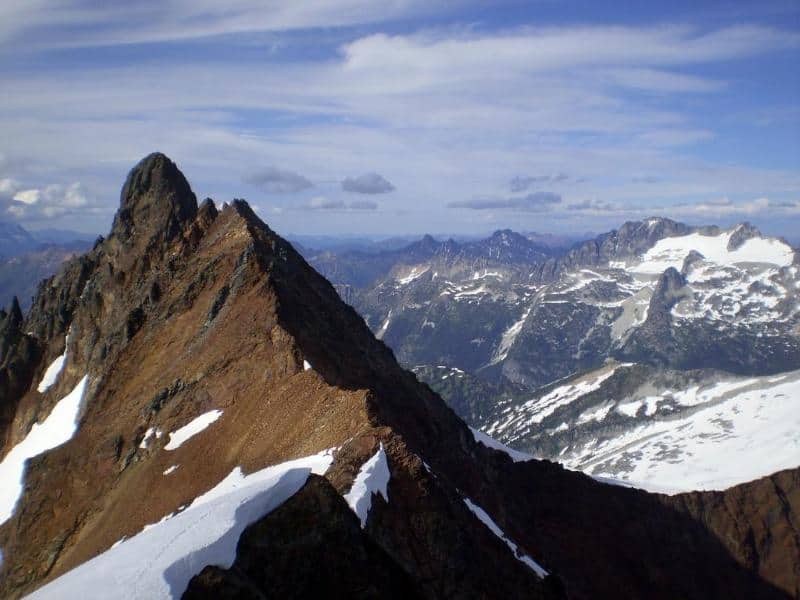
Untrammeled: Wilderness is wild, unconstrained, unhindered and free from modern human control or manipulation.
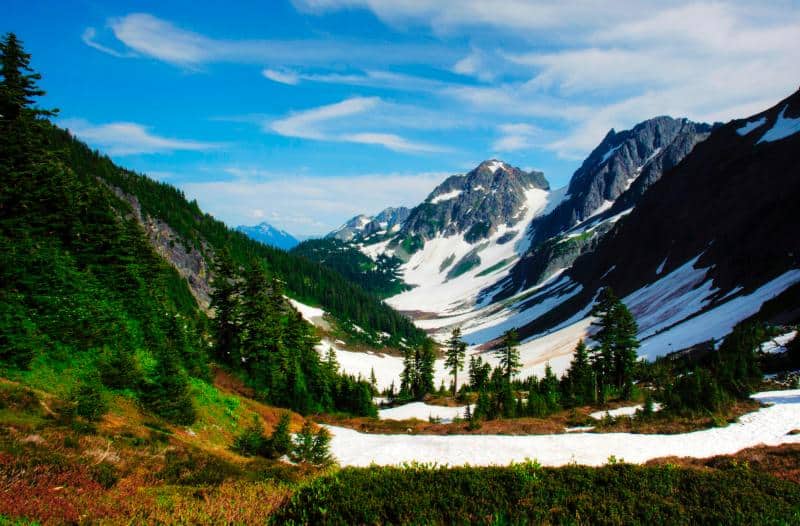
Undeveloped: Wilderness has no permanent structures, enhancements or modern human occupation. Ideally managed without the use of motorized equipment or mechanical transport.
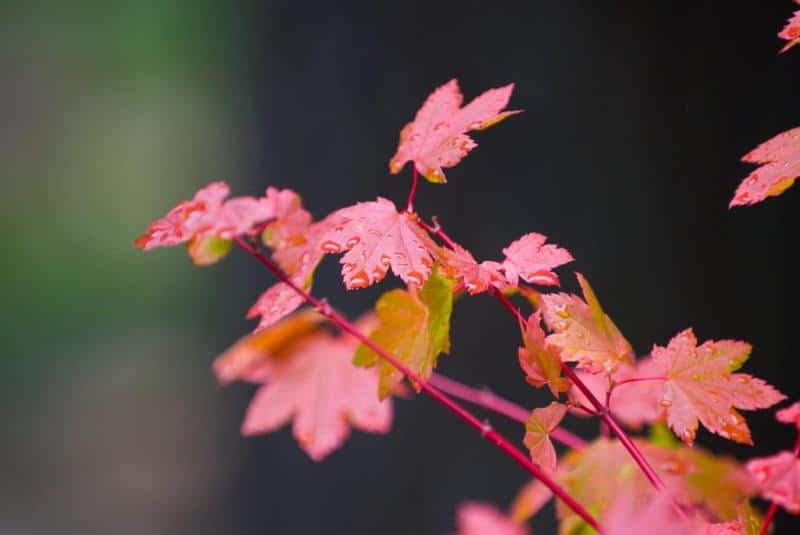
Natural: Ecological systems are free from the effect of modern civilization.
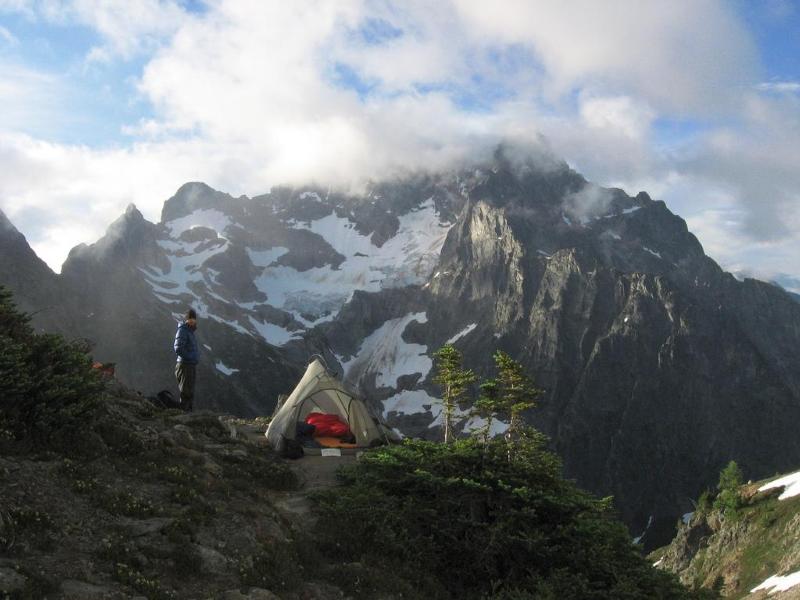
Solitude or a primitive and unconfined type of recreation: Visitors are self-reliant, challenged, and experience non-motorized or mechanized forms of recreation.
Now that you have an understanding of the Wilderness Act and the creation of wilderness within the North Cascades National Park Complex, I want to know…
What does wilderness mean to YOU?
How do You Protect and Appreciate the Stephen Mather Wilderness?
In part two of “A Peek into Wilderness,” I share more about what wilderness means to me personally.


David Brower was a prime mover behind the establishment if the Park.
Wilderness means escape from the hectic life style in today’s society. Leaving all your worries behind. Finding beauty in the simple things in life. Going back in time. Seeing what mother nature has to offer.